Are You Ready For Ski Season?
Hello Newschoolers fam,
SkierPT, your local Doctor of Physical Therapy, back again to get your body right for ski season. Let me start with a few questions.
How did last ski season go injury-wise?
Did you maintain fitness during the summer?
How are you feeling going into this season?
If your answers are less than ideal to any of these questions above, stay tuned. I will break down a few a tests to track your baseline fitness and make sure you are prepared for the season. Skiing is a sport involving all of the energy systems. Quick movements, strength and endurance are all needed while skiing. These systems work all work together during exercise.
Endurance:
The shorter lasting energy system is the anaerobic system. Think of this system as the primary force during a slopestyle run lasting less than 1 minute. Sprinters train this system primarily. To help reduce injury risk, anaerobic endurance in skiing is very important.
A great test to measure your anaerobic capacity is the 300 yard shuttle run. In this test you place two cones 25 yards apart. You'll make six round trips completing 300 yards total timed. After five minutes of rest you'll repeat the test and take the average of the two times. The goal for this test is to have average time of 72 seconds for men or women. Sprints or interval workouts are a great way to train this system. Here is a diagram of the test:
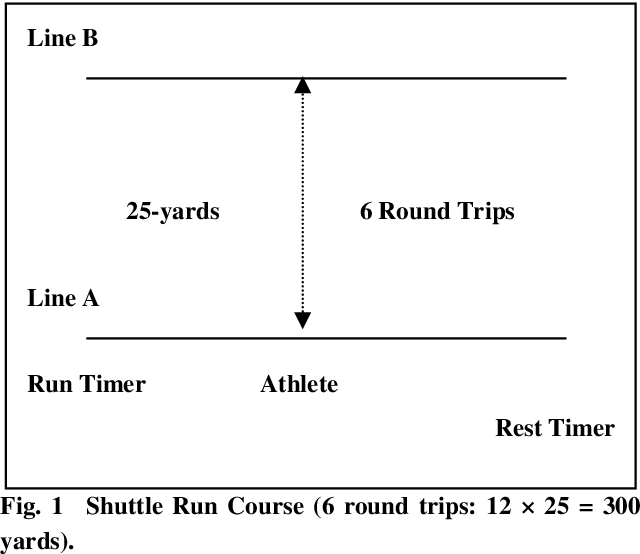
The longer lasting energy system is the aerobic system, think long distance runners. During a long day of skiing skiers often rely on the aerobic system combined with the anaerobic system to provide energy during park skiing or all-mountain skiing. Training this system is also very important to help reduce injury risk. A test that measures aerobic capacity is called the 12 minute run test. At a running track the participant runs as far as they can in 12 minutes provided. The average distances are listed below:
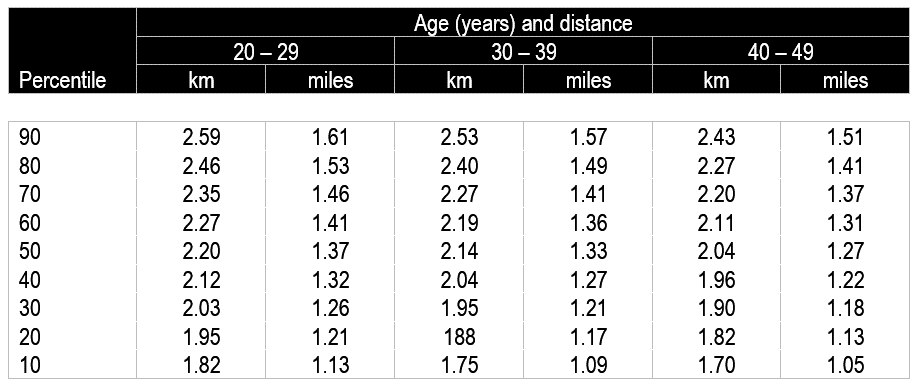
Strength:
As you guys have seen in my previous post strength is the number one factor in determining injury prevention rate. Because skiing is mostly lower body, I will highlight a few strength tests that you can use to track progress.
First Test is the one repetition max back squat. The squat is still considered one of the kings of lower extremity strength and should be incorporated into your workout program. After a proper warmup, increase weight until you hit your max weight for a single successful squat. I will list the strength norms below. Training leg strength with variety of exercises including squats deadlifts and lunges will help reduce injury risk during the ski season.
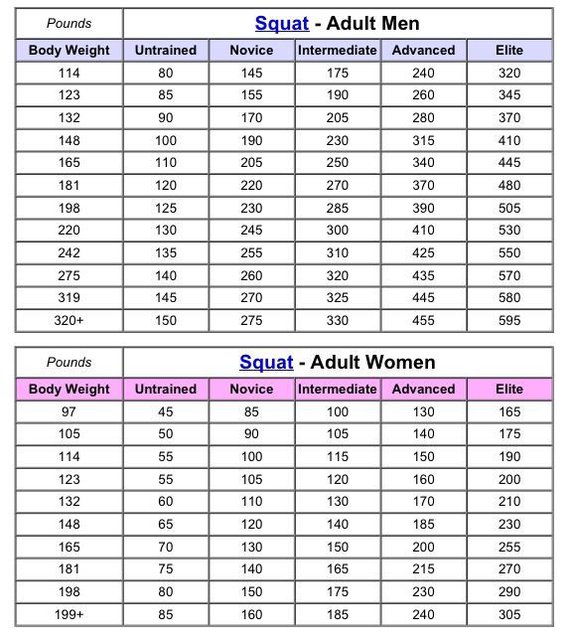
The next test described is the curl up test which looks at core strength and endurance. As we all know in any sports, especially in skiing, the core plays a major role and injury prevention and good movement patterns. the summary of this test looks at how many sit-ups you can do at a 40 beats per minute pace with the goal of 75 sit-ups in a row with no pauses allowed.
Agility:
Agility is considered the ability to stop, start, and change direction of the whole body rapidly. Agility consists of two main components: speed in changing direction and cognitive factors. Agility is just as much mental as it is physical, especially in skiing. Having both the physical traits and mental confidence to move your body in particular patterns is my definition of agility in regards to freestyle skiing. the following two tests look at both running agility and jumping agility which I think translates well to skiing. The first Test I highlighted in a previous post called the T test. The T test is a timed test. The goal is to run as quickly as you can forward for 10 meters to the right for five meters to the left for three meters and back to the starting line another 10 meters. The best of two trials will be recorded, I will list the norms below.
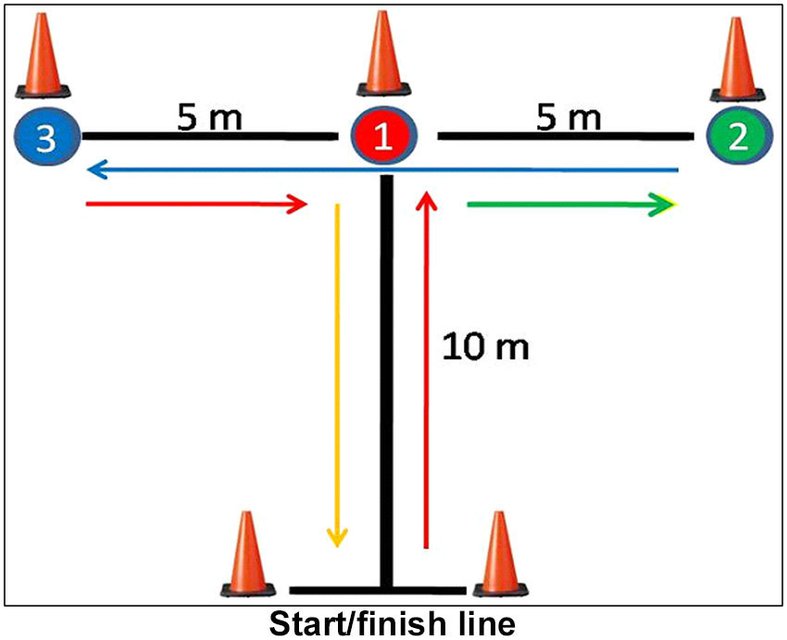
Males (seconds)
Females (seconds)
Excellent
< 9.5
< 10.5
Good
9.5 to 10.5
10.5 to 11.5
Average
10.5 to 11.5
11.5 to 12.5
Poor
> 11.5
> 12.5
The next test is called the hexagon hop test. This test looks at variable jumping directions. This test is timed using a hexagon shape on the ground made with tape or with chalk with 24-inch sides. Participants will have both feet in the middle and will face the same direction the entire time. By double leg hopping the participant will jump over each line and then jump back to the middle and repeat for all six sides of the hexagon while being timed. The best of three trials will be recorded. Norms listed as below.
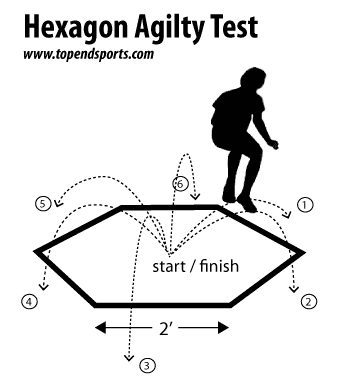
Gender, Excellent, Above Average, Average, Below Average, Poor
Male, 17.8 secs
Female, 21.8 secs
So there it is Newschoolers. Hopefully this gives you a quick breakdown for testing that you can quickly try to make sure that your body is right for ski season. with winter coming improve your fitness routine now and I promise it will pay dividends for you throughout the season. As always stay safe and land Gucci.
Be sure to check my IG @SkiingPhysicalTherapy


Comments